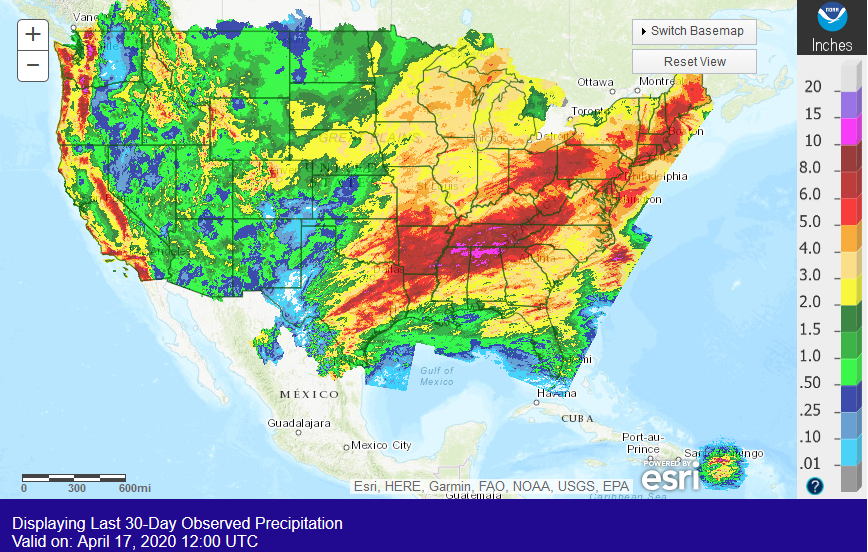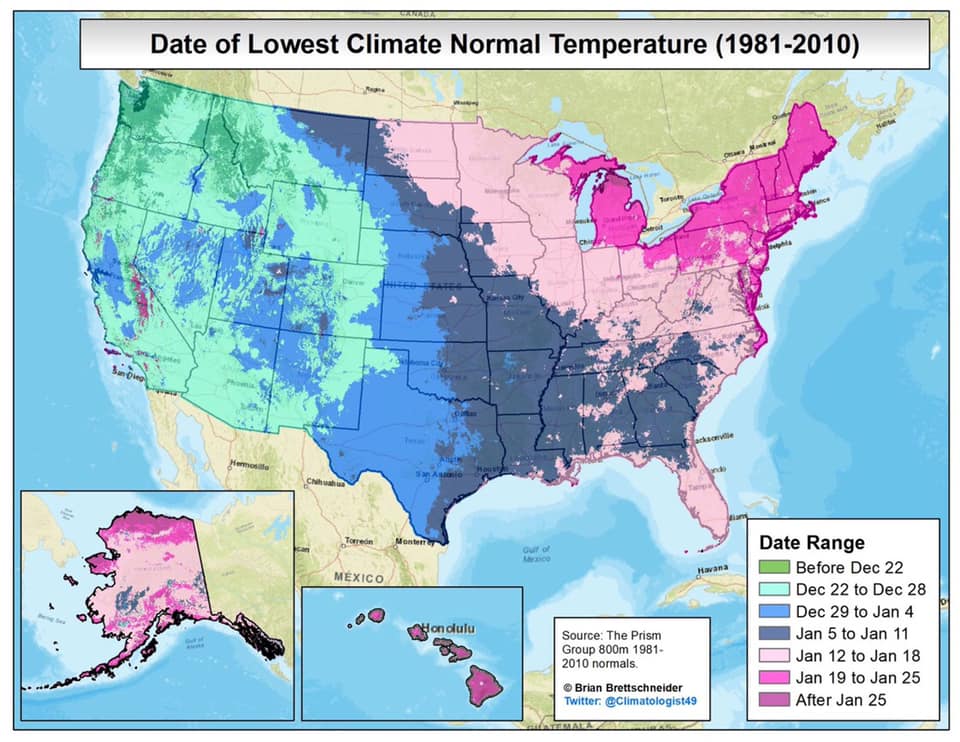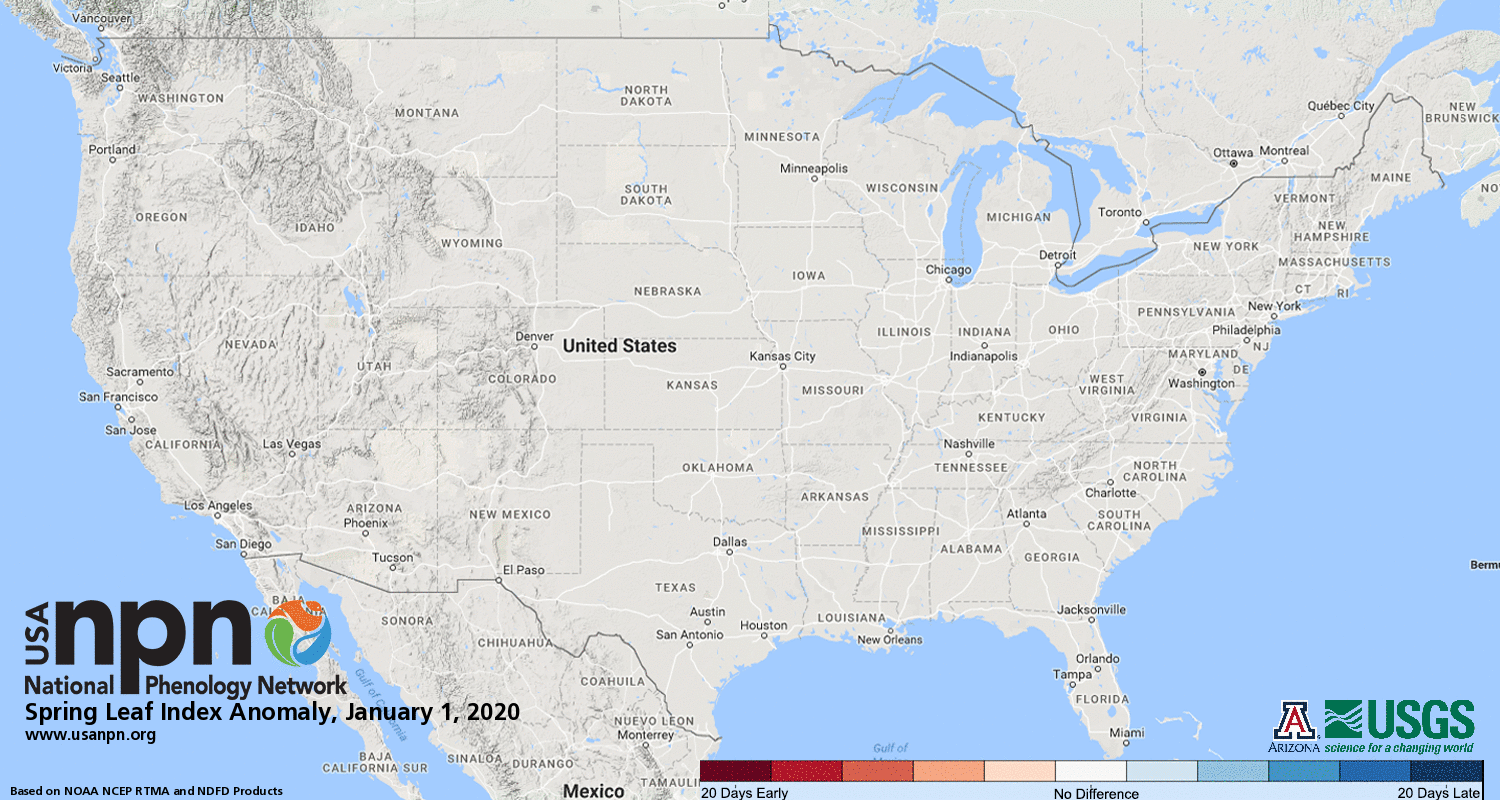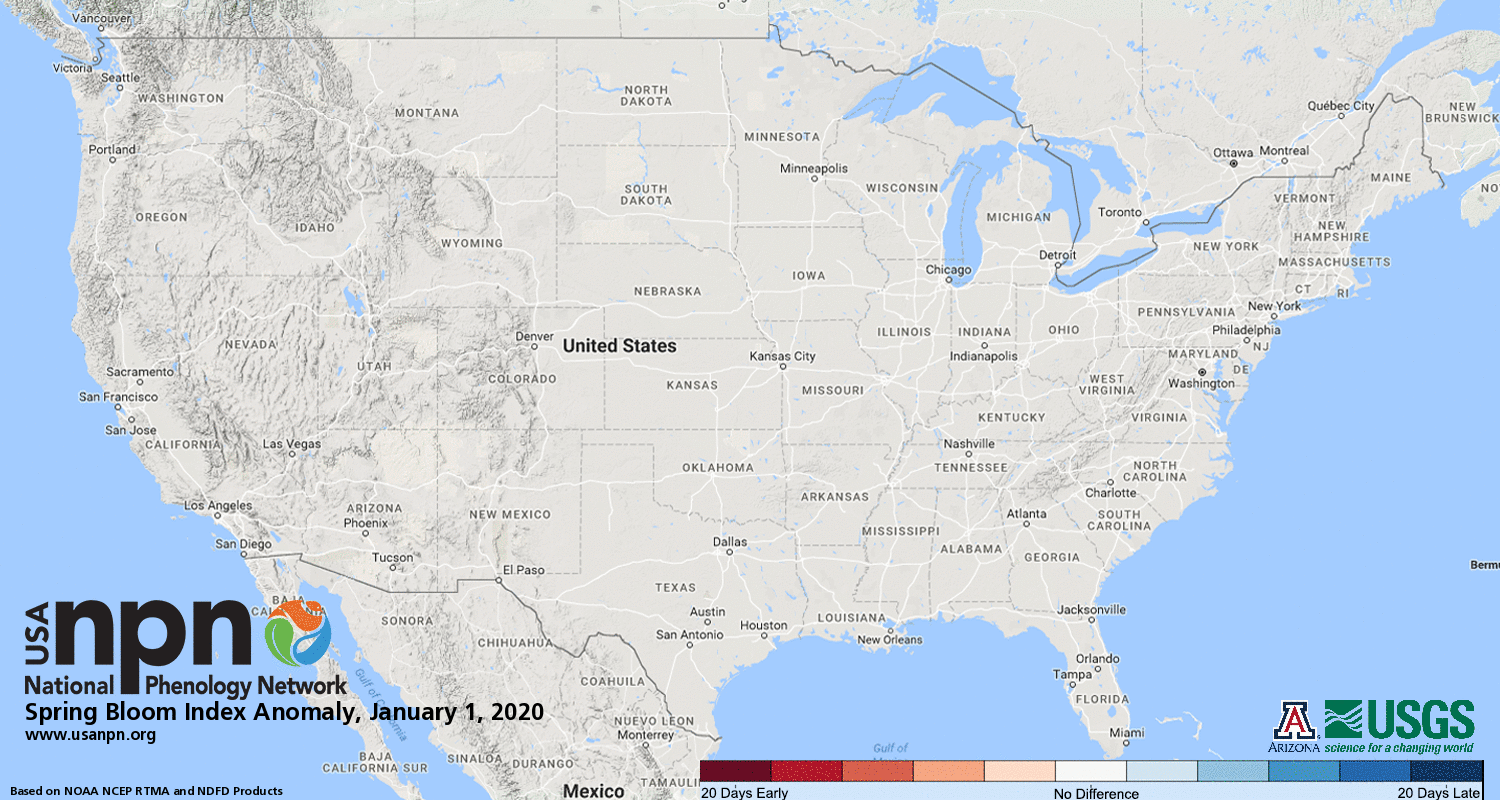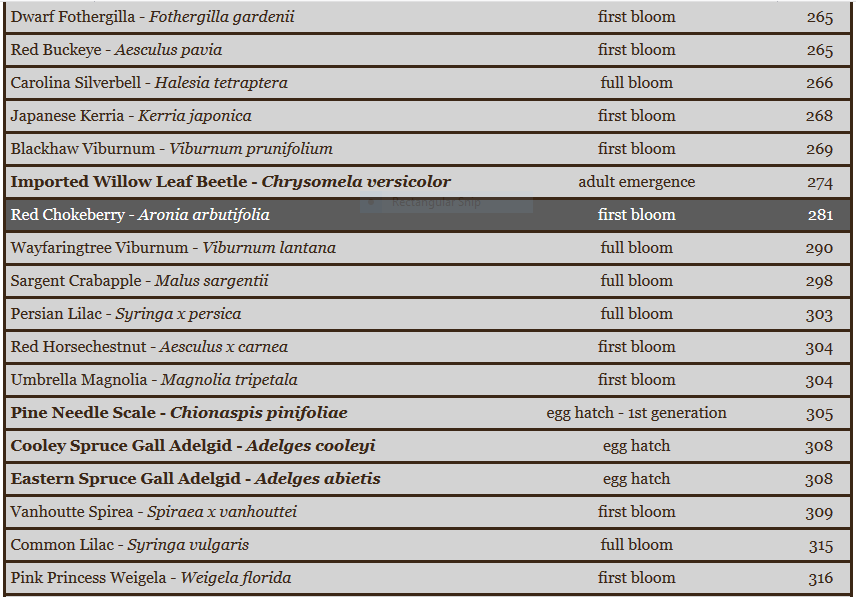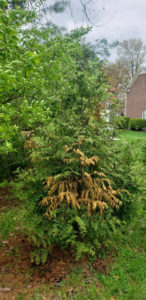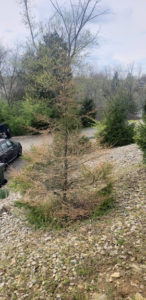The National Weather Service confirmed a 15th tornado in last week’s outbreak, and they may not be done yet. The 15th tornado started in Colerain Township and peaked in Mt. Healthy, Ohio.
The 14th tornado hit Indian Hill. Information and photos regarding this tornado were provided to the National Weather Service by Arbor Doctor Ron Rothhaas.
15 tornadoes is a remarkable number and illustrates why we were sounding the alarm last week.

Tornado Confirmations in chronological order
-
- EF1 near Versailles (Ripley Co) IN
- EF0 in Cross Plains (Ripley Co) IN
- EF0 north of Friendship (Ripley Co) IN
- EF0 southwest of Dillsboro (Dearborn Co) IN
- EF0 in southwest Ohio Co IN
- EF0 in western Ohio Co IN
- EF0 near Rising Sun (Ohio Co) IN
- EF0 in and near Mount Healthy (Hamilton Co) OH
- EF0 near Warsaw (Gallatin Co) KY
- EF0 near Indian Hill (Hamilton Co) OH
- EF1 northwest of Dry Ridge (Grant Co) KY
- EF0 near Bracht (Kenton Co) KY
- EF0 near Newtonsville (Clermont Co) OH to Lake Lorelei (Brown Co) OH
- EF1 east of Dry Ridge (Grant Co) KY to southeast of Falmouth (Pendleton Co) KY
- EF0 near Edenton (Clermont Co) OH
- EF0 near Fayetteville (Brown Co) OH
- EF0 near Blanchester (Clinton/Brown Counties) OH
- EF0 near Mount Olivet (Robertson Co) KY
- EF0 near Mays Lick (Mason Co) KY
- Straight Line Wind Confirmations
-
- 80-90 MPH Day Heights (Clermont Co) OH
- 70-80 MPH Highland County OH
Blog post containing photos and information I provided to the National Weather Service:
14th tornado confirmed in April 8-9 Ohio valley outbreak…with a little contribution from the Arbor DoctorApril 16, 2020
Summary of widespread severe storms and tornadoes of April 8-9, 2020 in the Ohio valley.April 15, 2020

